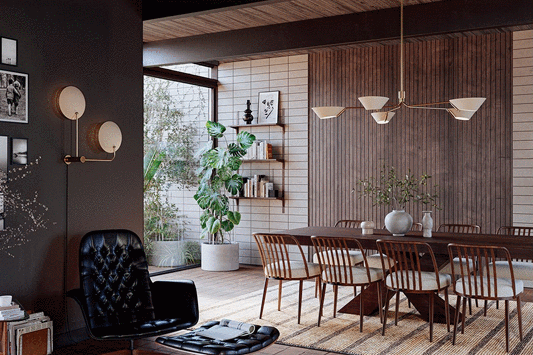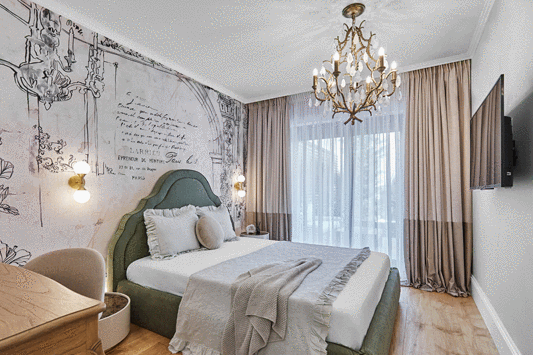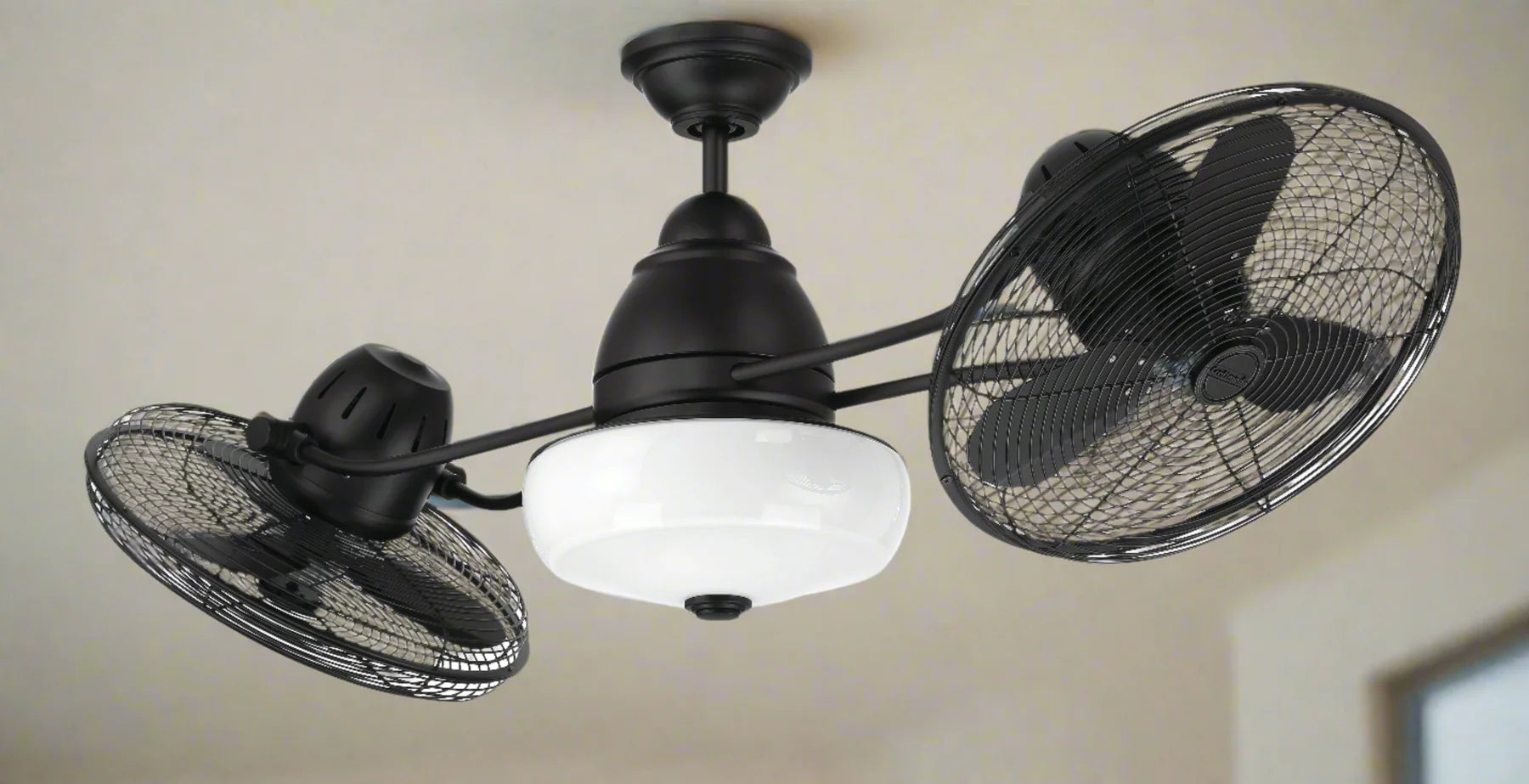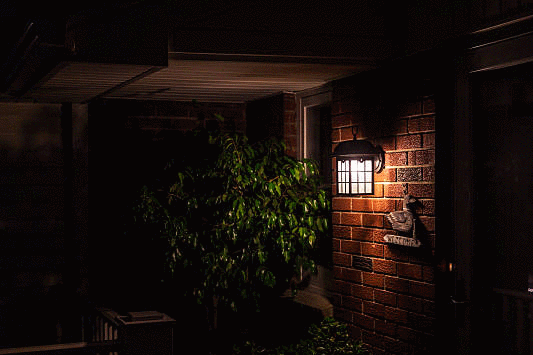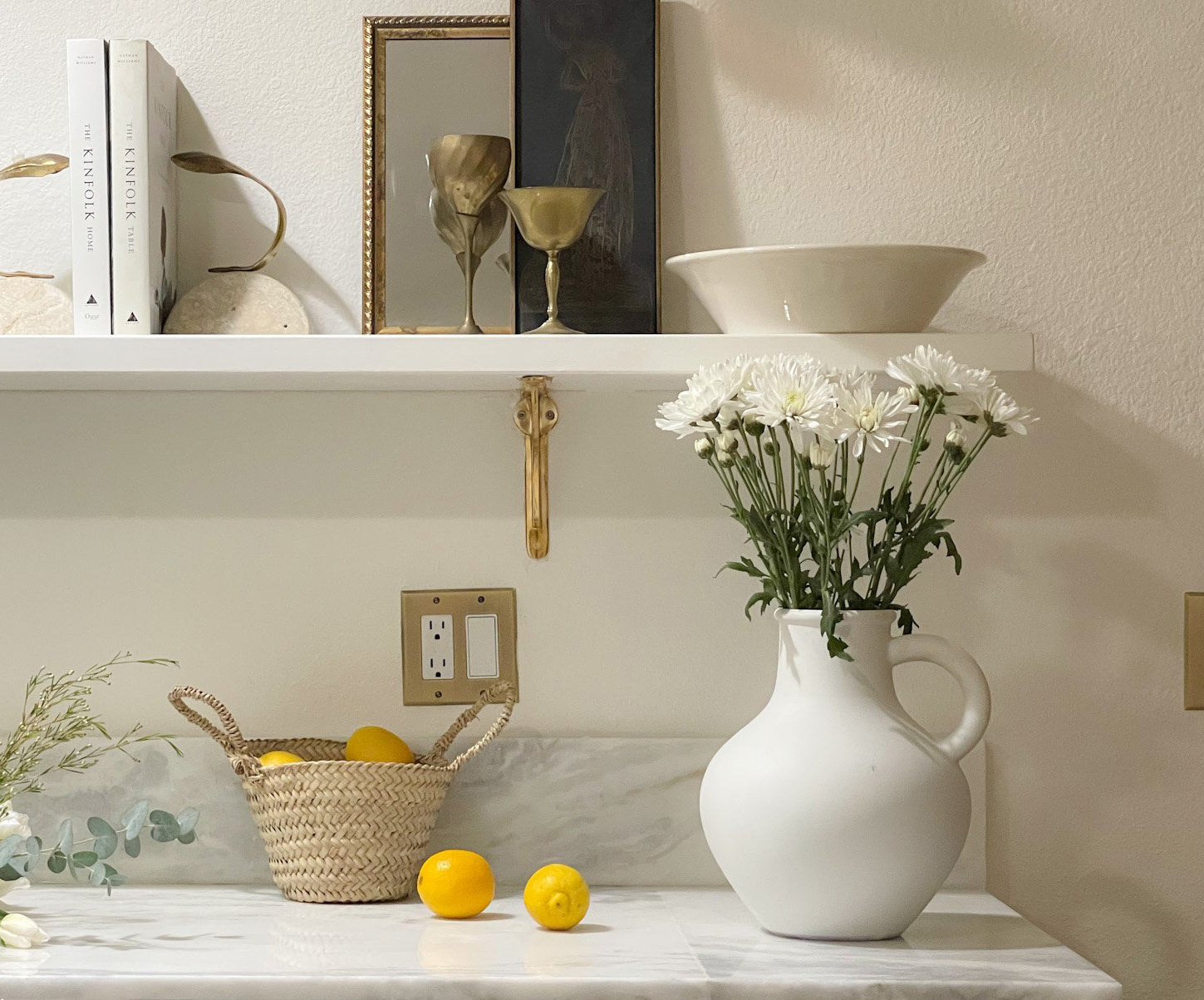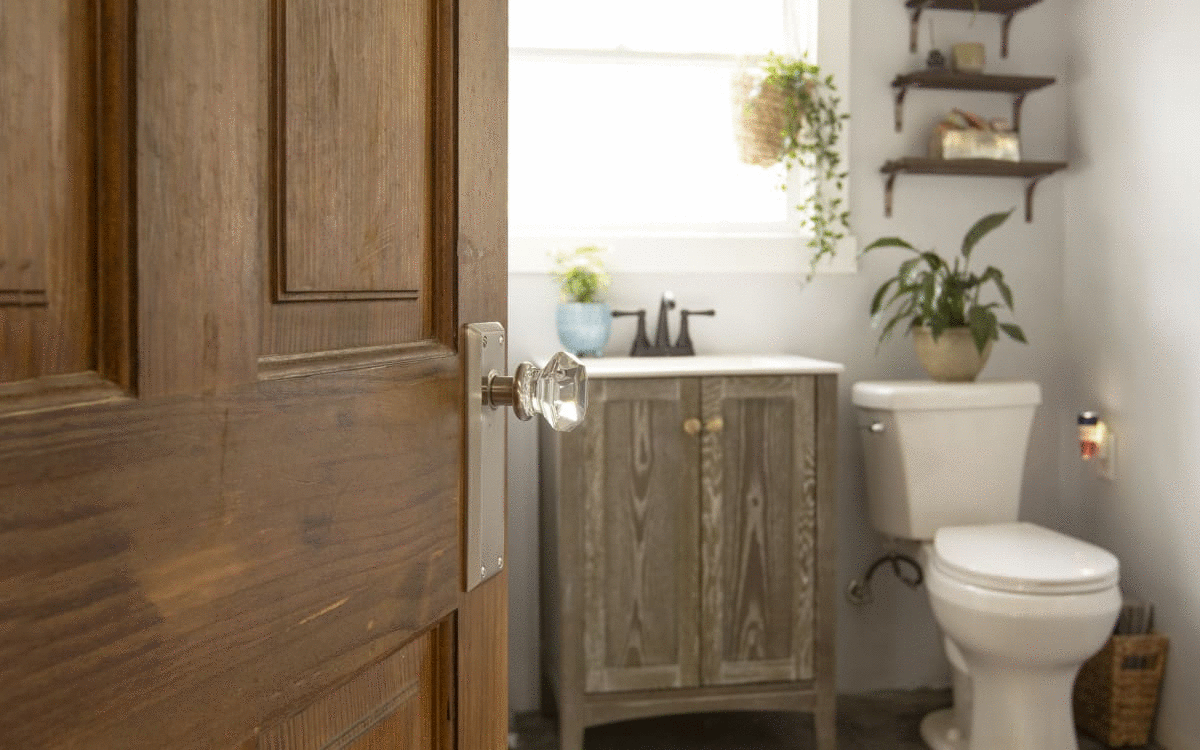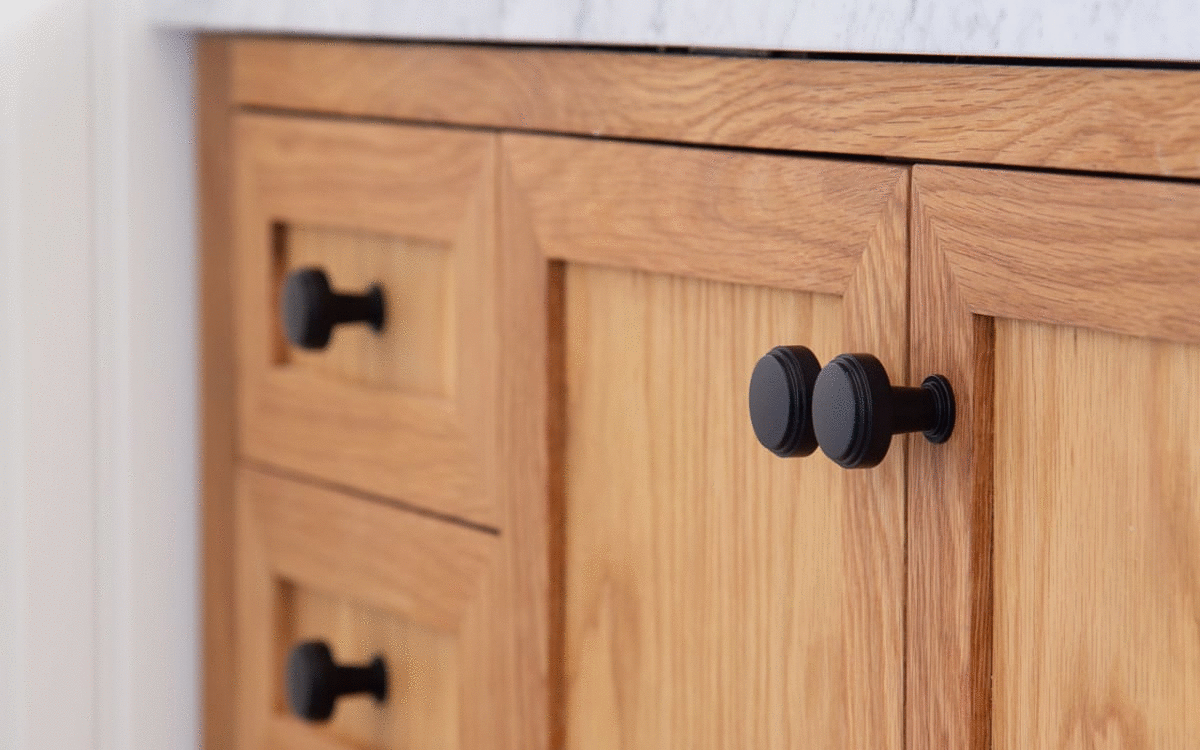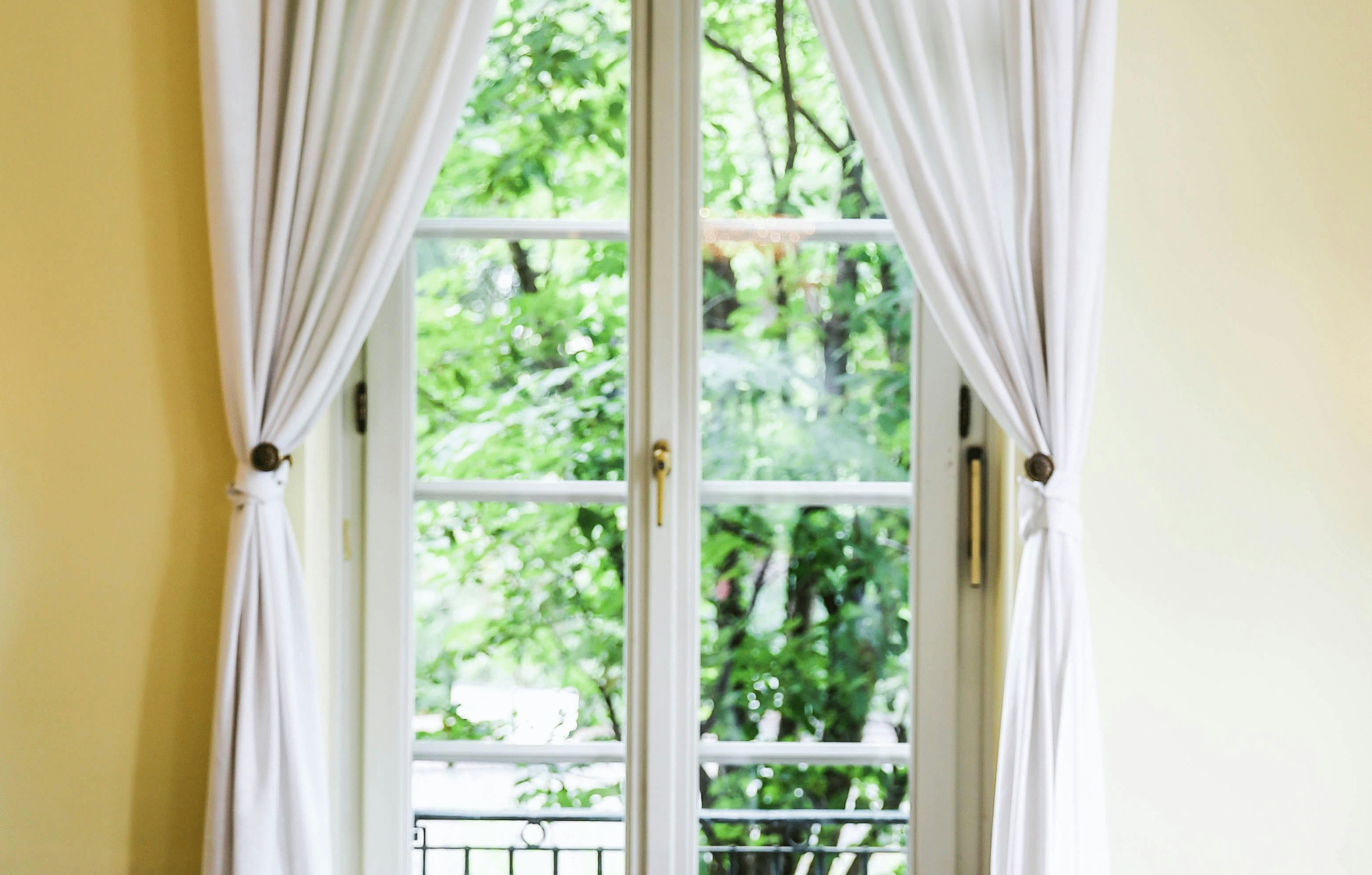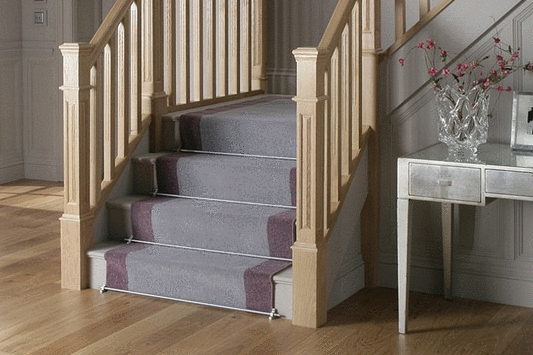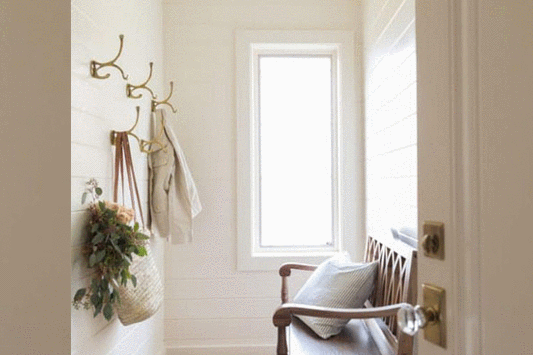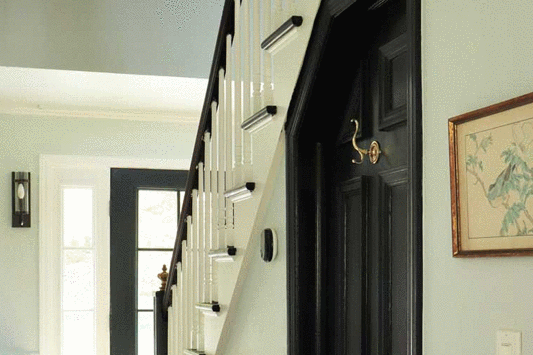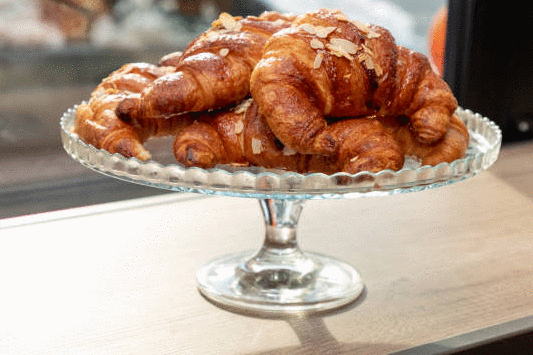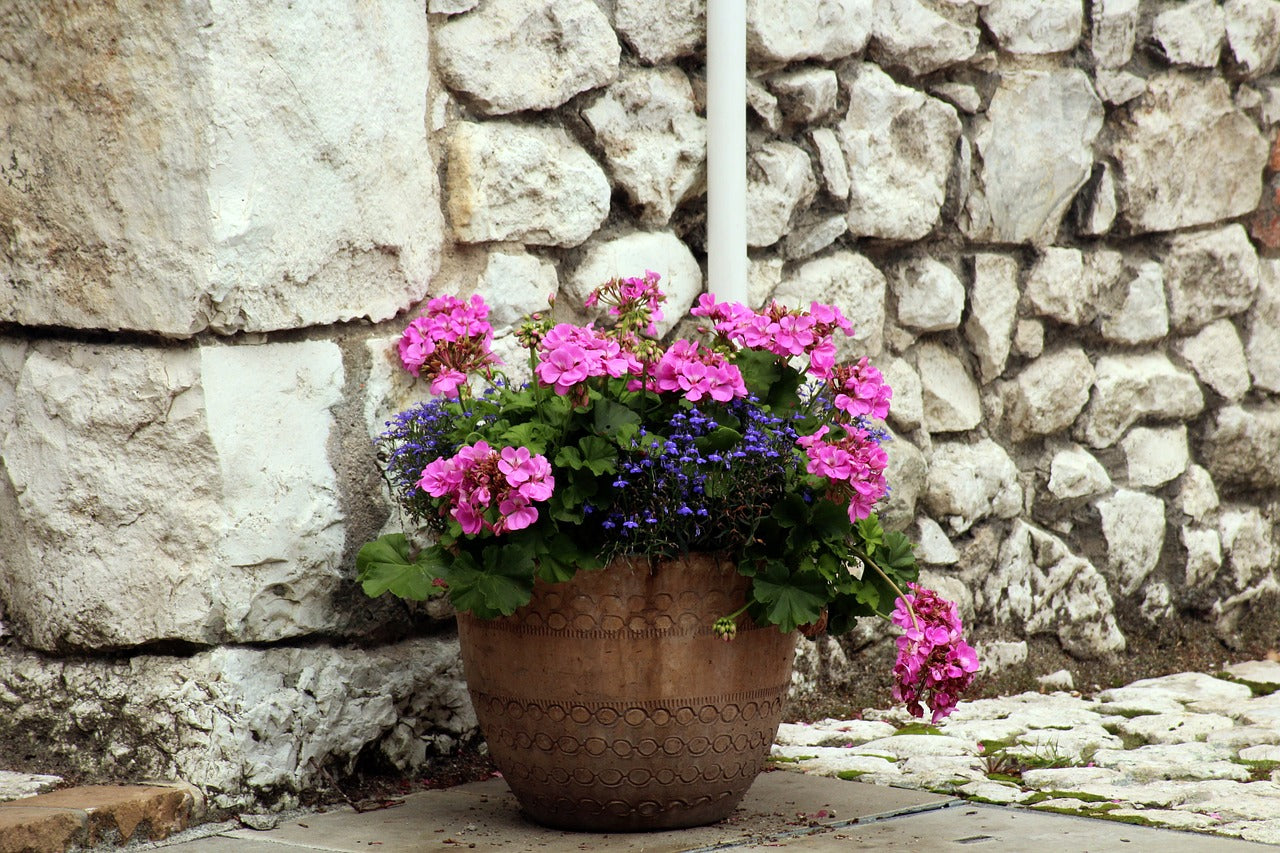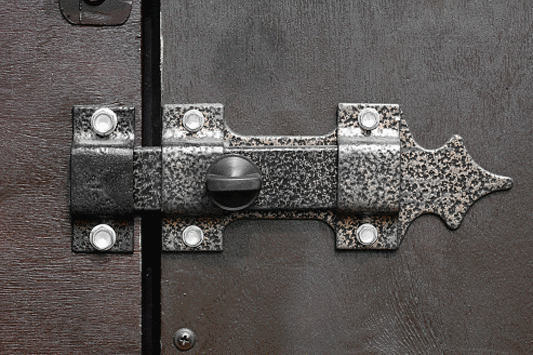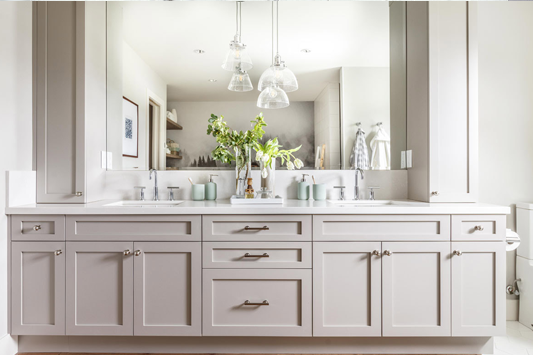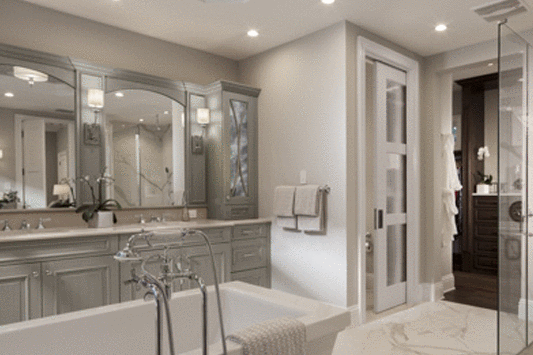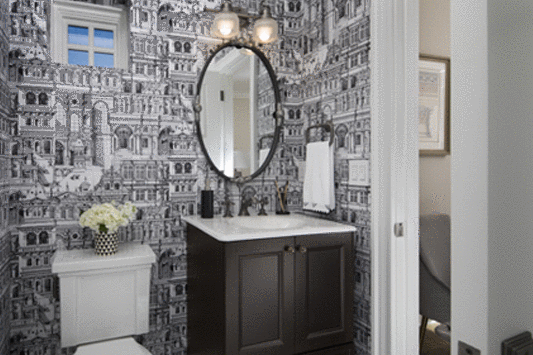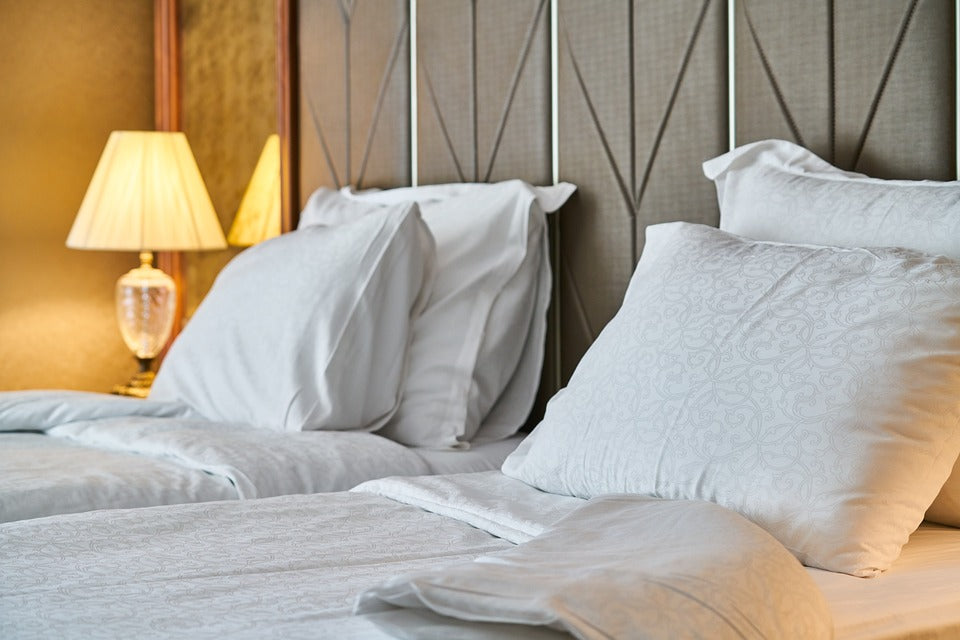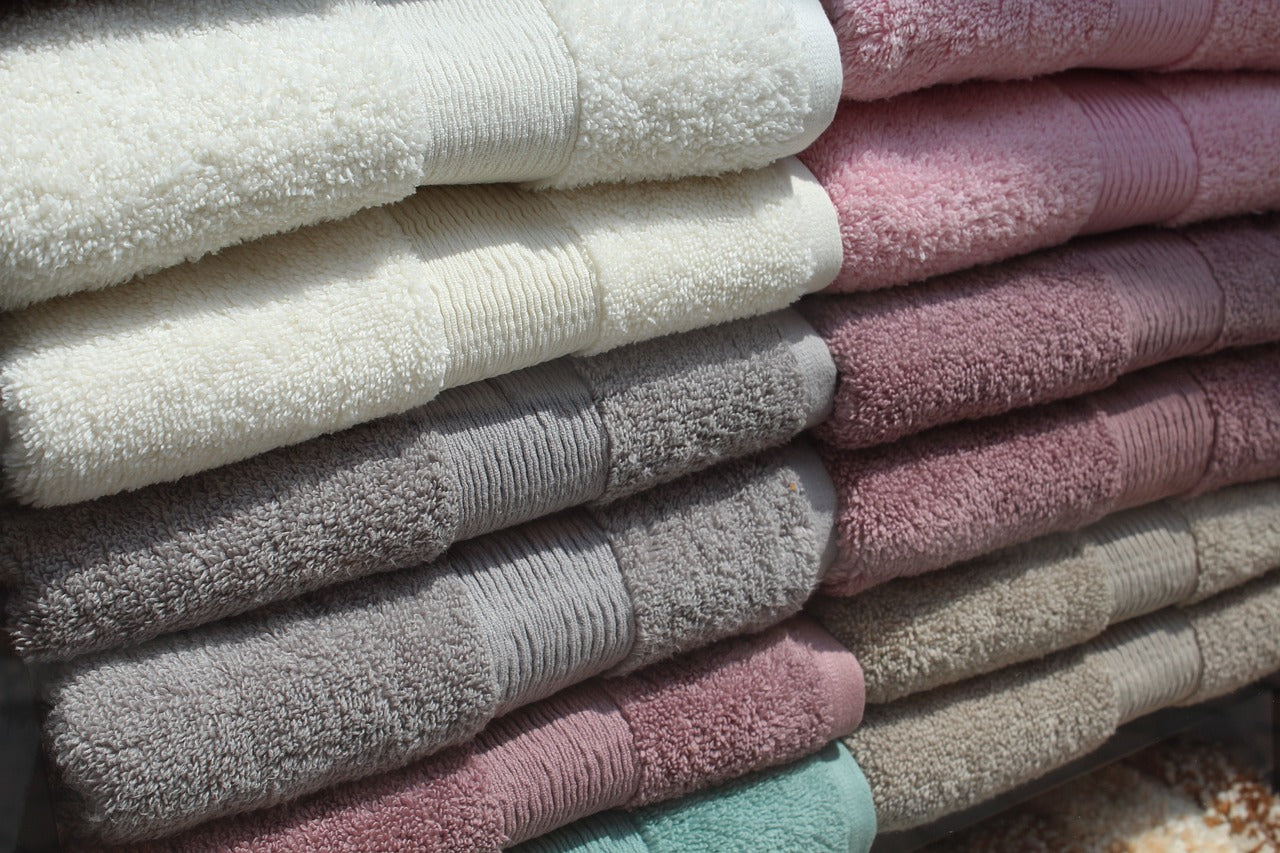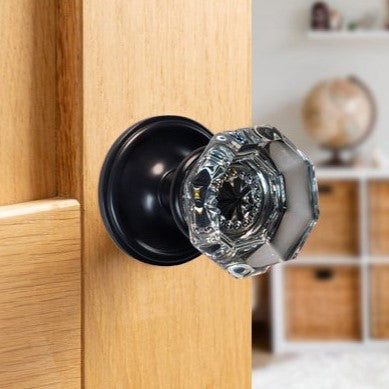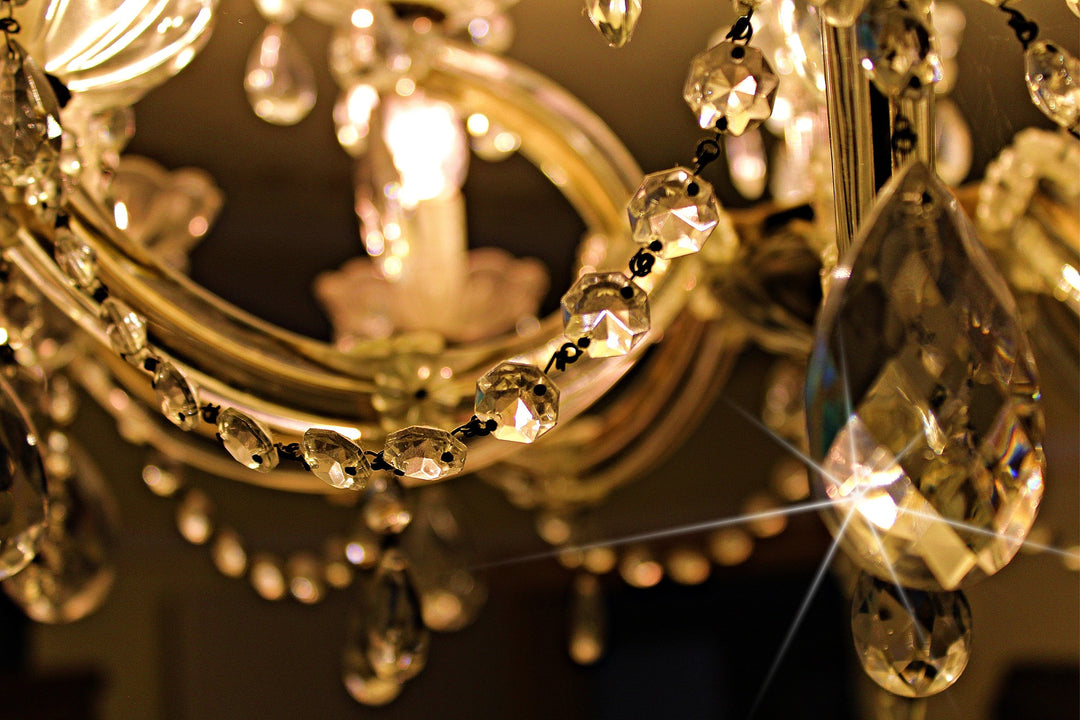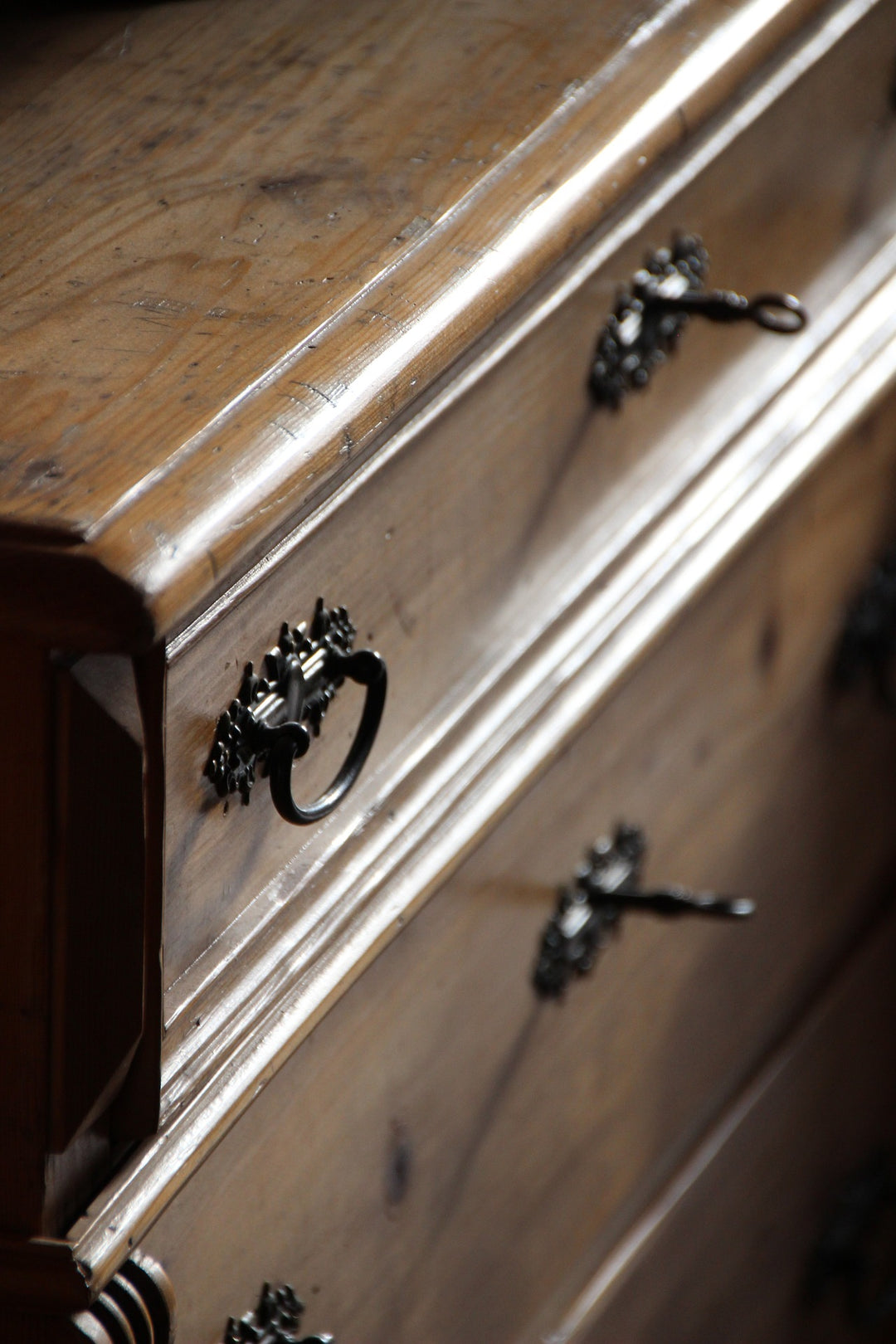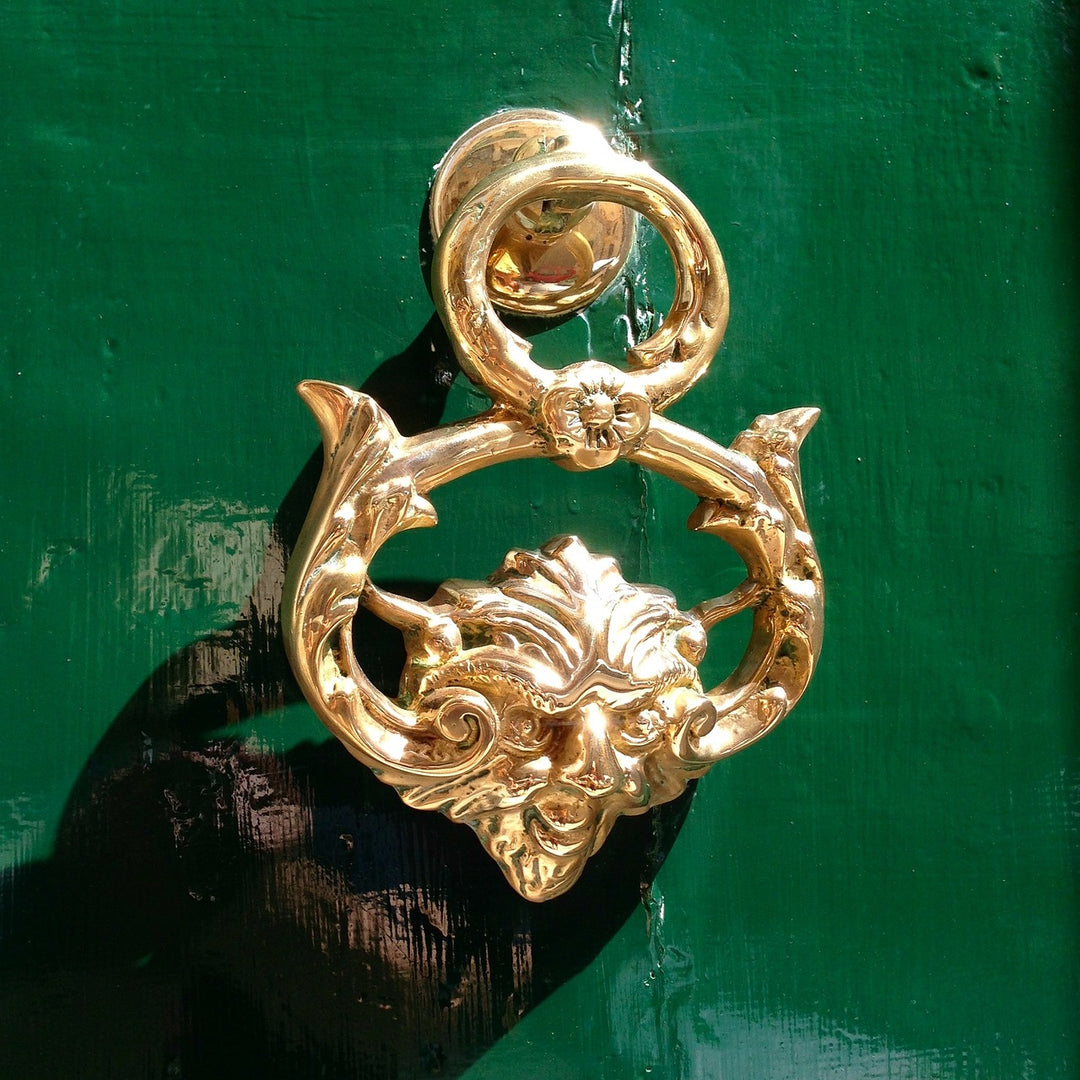The Art of Patina
In the realm of interior design and antiques, the term "patina" evokes a sense of history, charm, and authenticity. Patina refers to the surface changes on materials such as metal, wood, and stone, that occur over time due to natural wear and environmental exposure. This transformation imbues objects with a unique aesthetic that is highly valued in the world of antique hardware. Embracing the worn look is not merely about appreciating age; it is about recognizing the narrative that each piece carries, the stories etched into its surface by years of use and the passage of time.

Historical Significance:
The allure of patina lies in its ability to connect us to the past. Antique hardware, whether it's a brass doorknob, an iron hinge, or a copper lock, tells a story that spans generations. These objects have witnessed the comings and goings of countless individuals, each interaction leaving an indelible mark. The wear and tear visible on these pieces is not seen as damage but as a testament to their longevity and the lives they've touched. In a world increasingly dominated by disposable goods, the durability and resilience of antique hardware offer a comforting contrast.

The Aesthetics of Age:
Patina adds a layer of depth and character to antique hardware that new items often lack. The subtle green of oxidized copper, the darkening of aged bronze, and the soft, weathered texture of old wood all contribute to a sense of warmth and authenticity. This natural aging process can enhance the visual appeal of an object, making it a focal point in any room. The irregularities and imperfections that come with patina are what make each piece unique, fostering a sense of individuality in a time when mass production tends to homogenize design.

Environmental Considerations:
Embracing patina and the worn look in antique hardware is also an environmentally conscious choice. By valuing and preserving these older items, we reduce the need for new production and the associated environmental impact. Restoring and reusing antique hardware helps to minimize waste and promotes sustainability. Additionally, many antique pieces were crafted with a level of quality and attention to detail that is often lacking in contemporary manufacturing, meaning they can remain functional and beautiful for many more years with proper care.

Preservation Techniques:
Maintaining the delicate balance of preserving patina while ensuring the functionality of antique hardware requires a thoughtful approach. It is essential to clean these items gently to avoid stripping away the very features that give them their character. Specialized cleaning products designed for antiques can help to remove dirt and grime without damaging the underlying patina. Additionally, regular maintenance, such as oiling moving parts or tightening loose screws, can help to preserve the integrity of the hardware while still allowing its age and history to shine through.

Incorporating Patina into Modern Interiors:
Integrating antique hardware with patina into modern interiors creates a striking juxtaposition that can enhance the overall design of a space. The contrast between the old and the new can be both visually and emotionally engaging, adding layers of interest and depth. For example, a sleek, contemporary kitchen can be given a touch of warmth and personality with the addition of aged brass cabinet handles. Similarly, an ultra-modern bathroom can benefit from the timeless elegance of a vintage faucet. These elements serve as reminders of the enduring nature of good design and craftsmanship.

The Emotional Connection:
There is an emotional aspect to patina that goes beyond its visual appeal. The worn look of antique hardware can evoke nostalgia, reminding us of places we've been and people we've known. These objects often hold sentimental value, having been passed down through generations or acquired during significant moments in our lives. The patina that develops over time can become a cherished aspect of these pieces, symbolizing the journey they have taken alongside us. This emotional resonance is a key reason why many people choose to incorporate antique hardware into their homes.

The Timeless Appeal:
While design trends come and go, the appeal of patina and the worn look in antique hardware remains timeless. There is a sense of permanence and continuity in these pieces that transcends fleeting fashions. By choosing to highlight and preserve the patina on antique hardware, we are making a statement about our values. We are choosing authenticity over artificiality, quality over quantity, and history over disposability. This appreciation for the past can create spaces that are not only beautiful but also rich with meaning and significance.

The beauty of patina lies in its ability to tell a story, to connect us with the past, and to add a unique character to our surroundings. Embracing the worn look in antique hardware is about more than just aesthetics; it is about valuing the craftsmanship, history, and emotional resonance that these pieces bring into our lives. As we continue to seek authenticity and sustainability in our choices, the patina on antique hardware stands as a testament to the enduring appeal of things well-made and well-loved.



